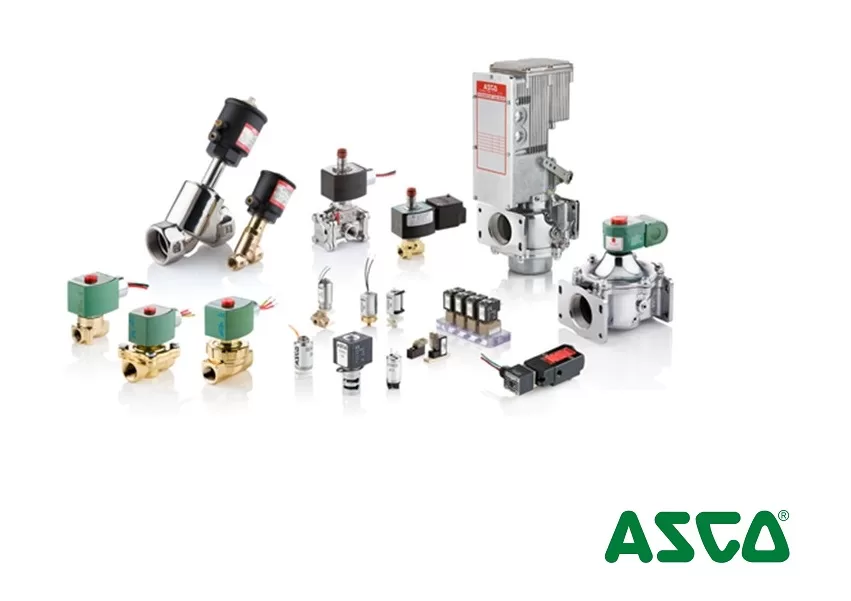Introduction: The Silent Guardians of Clean Air
Industrial air pollution accounts for 24% of global PM2.5 emissions, with stricter regulations like the EU’s Industrial Emissions Directive (IED 2024) pushing manufacturers to adopt advanced filtration technologies. At the heart of these systems, bag filter pulse valves serve as critical actuators, ensuring precise dust removal while balancing energy efficiency. This article explores their engineering significance, operational impact, and emerging innovations shaping air quality management in 2024.
Transition: To grasp their pivotal role, we must first examine how pulse valves interact with modern filtration systems.
Section 1: Operational Mechanics – Precision in Every Pulse
Bag filter pulse valves are high-speed pneumatic devices designed to release controlled bursts of compressed air (4-6 bar) through filter bags. Their core functions include:
- Timed Cleaning Cycles: Synchronized with differential pressure sensors to trigger cleaning only when ΔP exceeds 1.2 kPa (per ISO 10121-3:2023 standards).
- Energy Optimization: Advanced models reduce compressed air consumption by 30% through:
- Dual-diaphragm designs (nitrile + PTFE layers for 800,000+ cycles)
- Variable orifice nozzles adapting to real-time dust loads
- Fail-Safe Operation: ATEX-certified valves with explosion-proof solenoids (IP68 rating) for hazardous environments.
Case Study: A German steel mill achieved 99.97% filtration efficiency (0.5 mg/m³ emissions) by integrating AI-controlled pulse valves with predictive maintenance algorithms.
Transition: While mechanics define their operation, real-world performance hinges on measurable industrial outcomes.
Section 2: Three Pillars of Environmental and Economic Impact
2.1 Regulatory Compliance
- PM2.5/PM10 Capture: Properly timed pulses prevent particle breakthrough, meeting EPA’s 2024 NESHAP standards for metals and silica.
- Explosive Dust Safety: NFPA 652-compliant valves mitigate deflagration risks in woodworking and chemical plants.
2.2 Cost Efficiency
- Energy Savings: Smart valves with VFD integration cut annual compressed air costs by $15,000+ per system (2023 Pneumatic Systems Report).
- Filter Longevity: Reduced over-pulsing extends bag life by 40%, lowering replacement costs.
2.3 Sustainability Contributions
- Carbon Footprint Reduction: Efficient air use decreases compressor energy demand (1 kWh saved = 0.42 kg CO2 reduction).
- Waste Minimization: Durable valves generate 60% less maintenance waste vs. traditional models.
Transition: These benefits, however, vary significantly across industrial applications.
Section 3: Industry-Specific Challenges and Valve Innovations
| Sector | Pollution Challenge | Valve Adaptation |
|---|---|---|
| Cement Production | Highly abrasive limestone dust | Tungsten-carbide nozzles (6x wear resistance) |
| Pharmaceuticals | Hygienic batch processing | Electropolished 316L SS valves (FDA Grade) |
| Waste Incineration | High-temperature fly ash (350°C+) | Ceramic-insulated solenoid coils |
2024 Tech Spotlight:
- Self-Learning Valves: Machine learning algorithms analyze historical ΔP data to auto-optimize pulse frequency.
- Hydrogen-Ready Designs: Compatible with green H2-powered compressors for net-zero initiatives.
Transition: Even cutting-edge valves require disciplined maintenance to sustain performance.
Section 4: Proactive Maintenance – A Data-Driven Approach
Implement a Condition-Based Monitoring (CBM) Framework:
- Sensor Integration:
- Vibration sensors detect diaphragm fatigue (failure predicted 200+ hours in advance).
- Thermal cameras identify air leaks (≥90% accuracy per ASNT PT-2023 guidelines).
- Performance Metrics:
- Acceptable solenoid resistance: 18–36 Ω
- Maximum valve cycle deviation: ±2.5% from baseline
- Lifecycle Management:
- Diaphragm replacement every 500,000 cycles
- Nozzle inspection every 6 months (wear limit: 0.2mm erosion)
Cost of Neglect: A single misfiring valve can increase emissions by 15% and energy costs by $2,200/month.
Conclusion: Future-Proofing Pollution Control Systems
With the WHO tightening air quality guidelines (AQG 2024) and carbon pricing expanding globally, pulse valve technology is advancing through:
- Digital Twins: Simulating valve performance under extreme conditions (e.g., -40°C Arctic operations).
- Blockchain Audits: Immutable maintenance records for ESG reporting compliance.
- Bio-Based Materials: Recyclable diaphragms made from fluoroelastomer composites.
